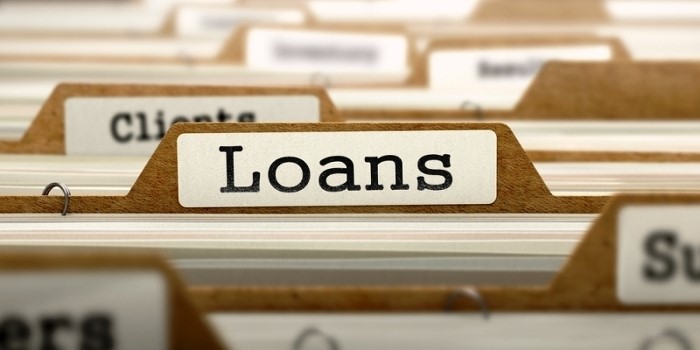
Loans come in all forms and with different terms, from a simple contract between family members, friends, neighbors, or co-workers, to more complex loan contracts like auto, mortgage, student loans, or payday. Credit unions, banks, lending institutions, and people who lend money for important and necessary items like cars, housing, or student loans are also part of this industry.
Other loan contracts like business loans (whether for small businesses or large companies), as well as loans from the Department of Veterans Affairs, is also available for certain groups or people. Regardless of the type, each credit, as well as its repayment conditions, is monitored by the federal and state guidelines to protect the public from fraudulent practices like unfair interest rates.
Not only that, default terms and the length of the loan should be detailed in the contract clearly to avoid any confusion or potential lawsuits. In the case of loan defaults, terms of the collection of remaining debt should specify the costs that are involved in the collection of the debt.
It should also apply in parties of promissory notes. If you need money for an item like a car or a house or help make your life a lot more manageable, it is a good thing to get familiarize with the types of loans and credits that are available for your needs and what kind of terms you can expect.
If you want to know more about credits and loans, you can always check lån online through http://www.forbrukslan.blog.
Open-end and closed-end credit option
These two basic types of consumer credits are also- known as revolving credit. It can be used repeatedly to purchase products and will be paid back every month, although, paying the full borrowed amount that is due every month is not required. One of the most common revolving credit types is used by almost a billion people all over the world, the credit card.
HELOC or home equity lines of credit, as well as home equity loans, also fall in this category. Credit cards are usually used for daily expenses like clothing, food, small home renovation, and repairs and transportation. Interest charges are implemented when the balance for the month is not fully paid.
The interests on credit cards can average up to 15%, but it can go for as low as 0% interest rate (usually, banks and credit card companies offer 0% interest rate as an introductory offering) and will go as high as 30 to 50 percent, depending on the payment history and the credit score of the consumer.
Loans for bad credits are tough to find, but low-interest rates are readily available in non-profit debt management programs, even for people who have credit scores below 500. Closed-end credit loans are used to finance a certain purpose for a certain period.
These types of loans are also called installment loans because the consumers are required to follow regular payment schedules that include charges for the interest until the principal loans are paid off. Interest rates for the installment loans differ by lending company and are closely tied to the consumer’s credit rating score.
The lending companies can seize the customer’s properties like cars, jewelry, even the home, as compensation if they default on their loan — examples of closed-end credit loans include car loans, mortgages, payday loans, and appliance loans.
To find out more about HELOC, visit https://en.wikipedia.org/wiki/Home_equity_line_of_credit.

Most common kinds of loans
The types of loans vary because every loan has a particular intended use. The credits can differ by how the interest rates of the loans are calculated, the length of time, how it is paid, and other variables.
Consolidation loan
Consolidation loans are meant to simplify the customer’s finances. Just put it this way, a consolidation loan will pay all or some of your outstanding loans or debts, especially your credit card debts. It means that customers will have fewer monthly payments as well as lower interest rates. Consolidation credit loans are usually in the form of personal loans or second mortgages.
Student credit loans
Student credit loans are offered to students studying in college and to their families to help cover the expenses of a college education. There are two kinds of student loan: private student loans and federal or state-sponsored student loan. Federally sponsored loans are much better because they have lower interest rates and have borrower-friendly repayment schemes compared to private student loans.
Curious about how student loan works? Click here to find out more.
Mortgages
Mortgages are loans that are distributed by banks to give consumers a way to buy a home, even if they don’t have the money to pay up front. A mortgage is connected to the borrower’s home, meaning that the bank has the right to foreclose the property if the borrower fails to pay the loaned amount. Mortgages have the lowest interest rates among all types of loans.
There are other types of loans available, but these three are the most common. Whenever you decide to get a loan, whether it is to pay for your college education, buy a house, or for everyday expenses, you need to make sure that you understand all the terms and agreement of the loan entirely. You have to know the kind of loan you are planning to get, know the payment schemes, and whether the loan is tied to your personal belongings like your car or house.









